
This year’s hottest Hollywood hit played out like any typical disaster thriller. The entire state of California was literally ripped apart, with chunks of the Western Coastline crashing into the ocean after a staggering 9.1 earthquake hit the region. The movie was the latest in a growing assortment of Hollywood cliffhangers that feed into the country’s fascination with the San Andreas Fault, which stretches across 800 miles of California and is predicted to elicit a massive earthquake that will have ripple effects of copycat quakes across the state.
The film was a great success, premiering on 3,777 screens across the country and spurring a flurry of conversation surrounding this dramatized apocalyptic disaster. However, Moment photographer Knut Egil Wang wanted to go beyond the green screen to get a more realistic look at the landscape and lives of millions of Californians living on this infamous landmark.
After a year-long sequence of trips along the fault line—from Bombay Beach in Southern California to Shelter Cove in Northern California—Wang discovered a people who, though perhaps less theatrical, are no less enigmatic. “Many of the subjects I approached were closed off and there was a strong feeling of suspicion and unease,” he says. “Most lacked incentive and even hope.”
Most surprising was their nonchalance, Wang says. Many were unaware of their precarious position on the fault line and even fewer were worried about it. “For most, everyday life has more challenges and potential threats, like Vibhu Batta from India who works in a liquor store in Desert Hot Springs,” Wang says. “He doesn’t think much of earthquakes. There is actually few things he thinks less of than earthquakes. He said ‘God sent me here and he will take me back when it´s time. Maybe a gunman shoots me in the store. Only God knows.'”
He asked another resident about the fault line, who pointed to the San Andreas Lake. “He had no idea what I was talking about,” he says. “I kept wanting to tell them, ‘your house is directly on one of the largest fault lines in the world. If an earthquake hits, it could divide your front porch in half. You might want to be a little bit concerned about that.’”
The trappings of the inland California towns struck him as surprisingly prosaic, Wang says. From the rugged, treeless deserts of Southern California where much of the fault is visible, to the rocky, Mediterranean terrain with shifting winds and dry, coastal conditions, Wang’s images expose the quiet vapidity in these crime-ridden regions. “Residents were growing things that you smoke, and people just loitered around public spaces.”
California is notorious for its earthquakes. With nearly 6,300 of them this year along, varying between barely noticeable to grab-that-lamp-or-we’ll-be-buying-a-new-one, seismic activity is almost a constant in the sunshine state. More destructive earthquakes in the past have led many to wonder when the next “Big One” will strike.
The 1906 San Francisco earthquake hit with a magnitude 7.8 impact. It ran along the northern section of the fault, causing an estimated 3,000 deaths and destroying over 80 percent of the city. However, the section of the fault north of Los Angeles has not ruptured for more than 150 years, and its southernmost section, east of Los Angeles near the Salton Sea, has not ruptured in more than 300 years, according to the director of the Southern California Earthquake Center Thomas Jordan. A large earthquake could happen any time, he tells TIME. “We don’t know when the next big one on the southern San Andreas Fault will be, but as far as we can tell this fault is locked, loaded, and ready to roll.”
The Uniform California Earthquake Rupture Forecast predicts that the state has a 99.7 percent chance of having an earthquake with a magnitude 6.7 or larger in the next 30 years. It will most likely fall along the fault and it is likely to be bigger than anything ever measured in California.
Wang first approached the project by mapping out the fault line. Over the course of a year, he returned to different towns along the landmark, making his way to San Francisco. He was looking for houses situated directly on the fault line—houses that one could speculate would be hardest hit in an earthquake—but access was difficult. “They were very opposed to my shooting their homes and their families,” Wang says. “I would arrange to come by and they might even agree to my shooting them at first, but plans fell through almost every time.”
After numerous failed plans, his project became more spontaneous: a passing local, a roadside store, people in transit and residents in everyday moments. His photos also show geological traces of the fault, including indents in the road and changes in vegetation.
Wang sees the project as potentially only half finished. “I could potentially do a before and after piece if the earthquake did hit,” he says. “But I can’t predict where the damages will be.”
Knut Egil Wang is a photojournalist based in Los Angeles, California. He is a member of Moment Agency, which is represented by INSTITUTE.
Myles Little, who edited this photo essay, is a Senior Photo Editor at TIME.
Rachel Lowry is a writer and contributor for TIME LightBox. Follow her on Twitter and Instagram @rachelllowry.
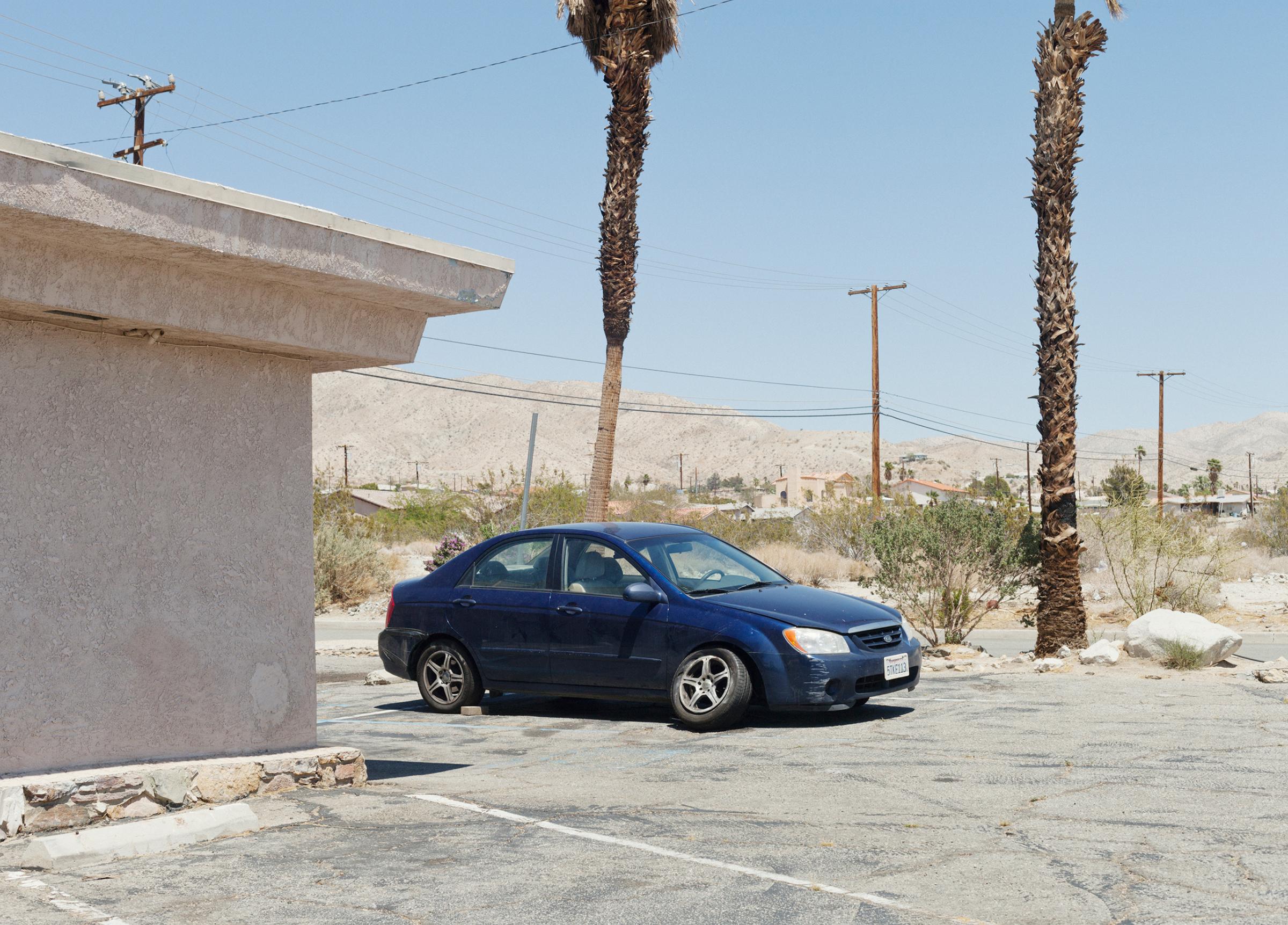

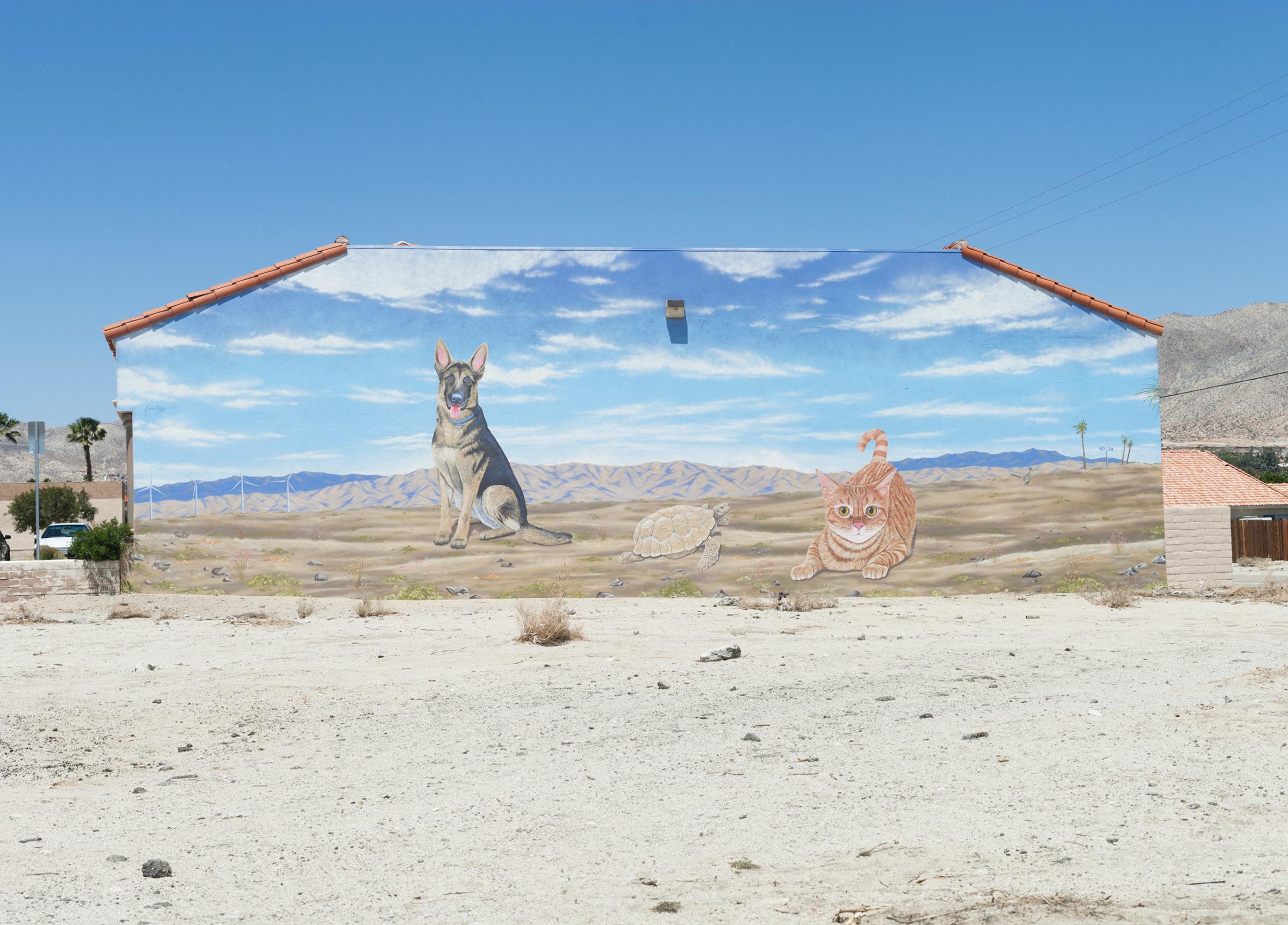







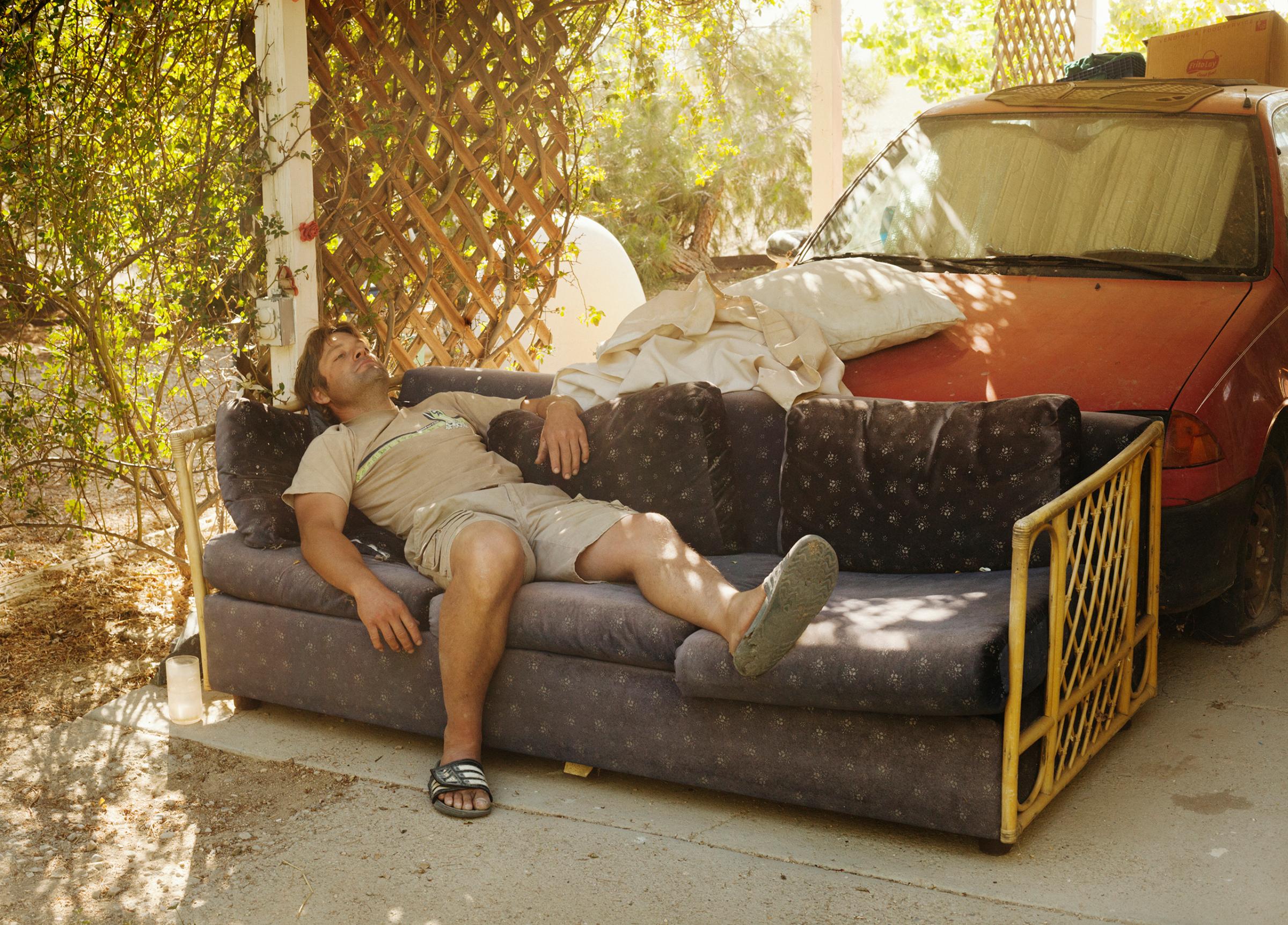
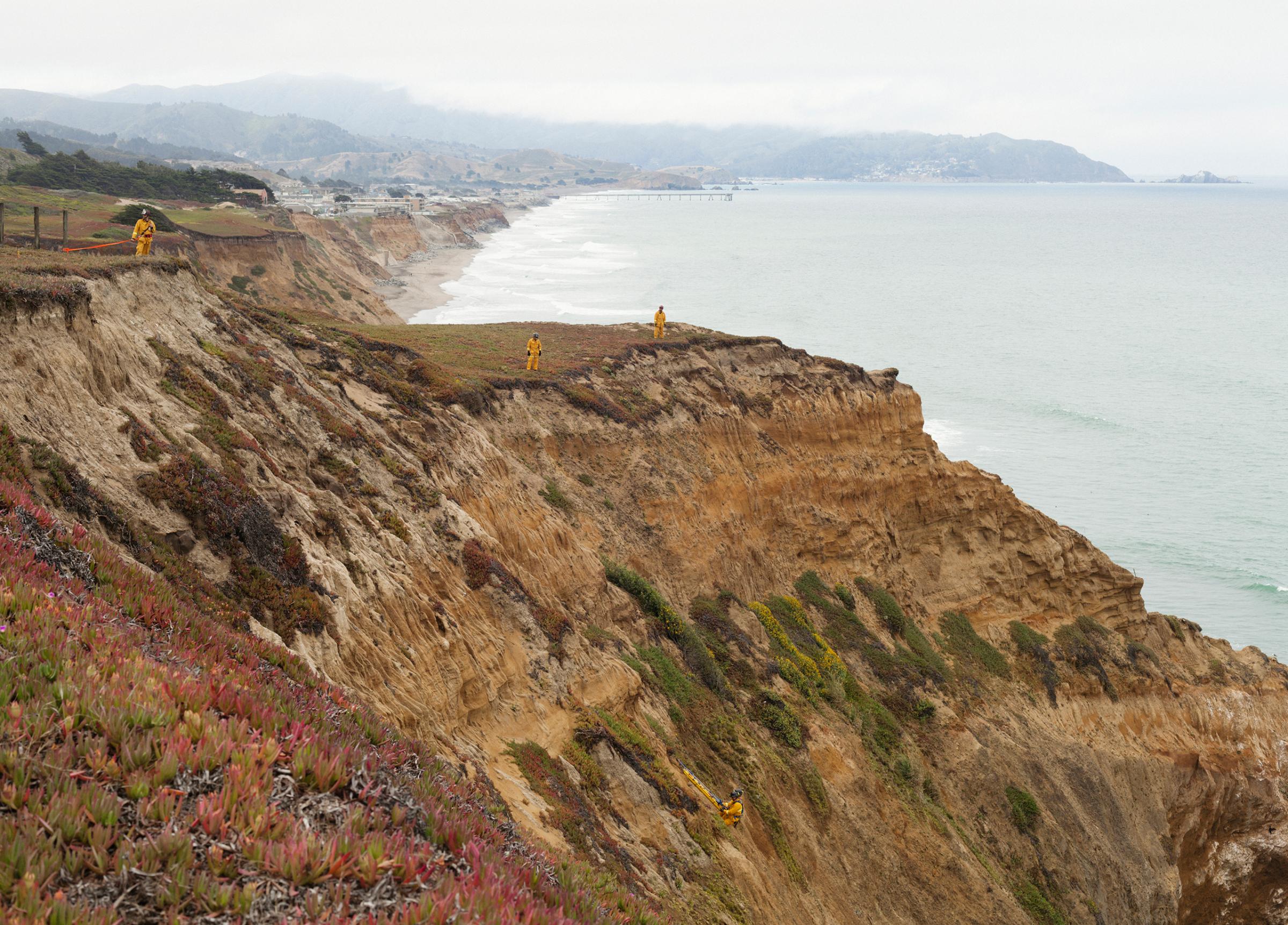
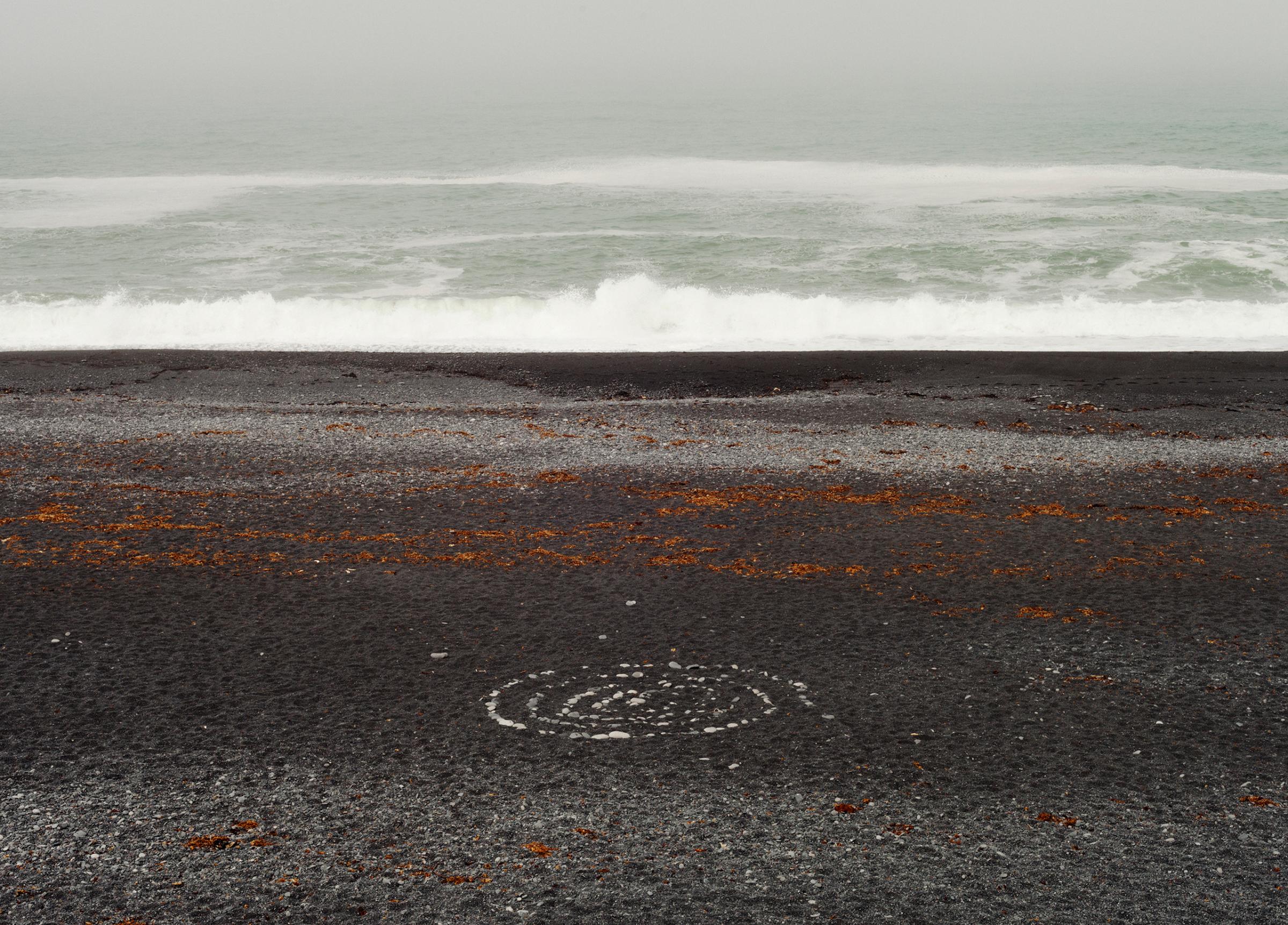
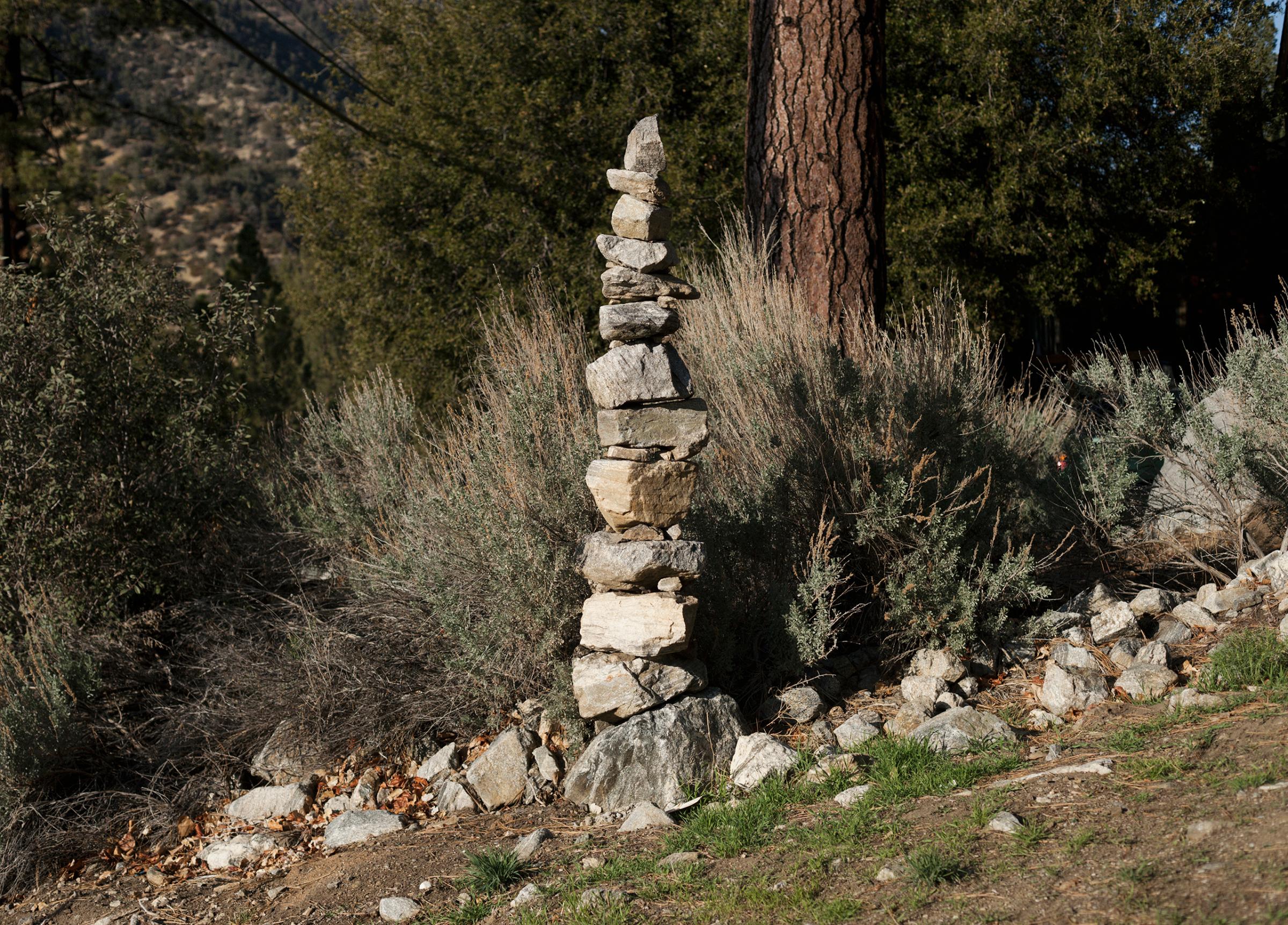
More Must-Reads from TIME
- Cybersecurity Experts Are Sounding the Alarm on DOGE
- Meet the 2025 Women of the Year
- The Harsh Truth About Disability Inclusion
- Why Do More Young Adults Have Cancer?
- Colman Domingo Leads With Radical Love
- How to Get Better at Doing Things Alone
- Michelle Zauner Stares Down the Darkness
Contact us at letters@time.com